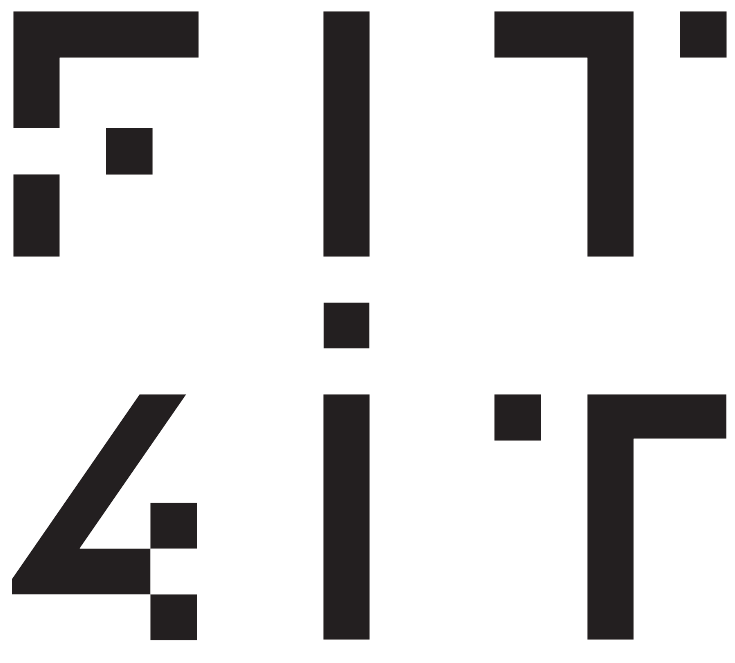Fat loss isn’t only about cutting calories or exercising more. What really matters is how your body uses energy each day. By understanding TDEE for fat loss, you can see why progress stalls despite hard work, and how balancing your nervous system helps unlock steady results. When TDEE is working in your favor, you don’t need extreme diets or endless workouts; fat loss becomes smoother and more sustainable.

Many people underestimate the importance of TDEE for fat loss, focusing only on exercise.
The Four Components Of TDEE
Think of TDEE as the total number of calories you burn each day. Let’s learn about the four components of TDEE:
- Basal Metabolic Rate (BMR): It is the energy your body burns at rest to keep you alive (breathing, circulating blood, repairing cells). This is usually 60–70% of your daily burn.
- Exercise Activity Thermogenesis (EAT): These are the calories you burn through intentional exercise like running, lifting, or yoga.
- Non-Exercise Activity Thermogenesis (NEAT): It is the “in-between” burn from everyday movements like walking, fidgeting, cleaning, or climbing stairs.
- Thermic Effect of Food (TEF): It is the energy required to digest and process what you eat. Whole, protein-rich foods burn more calories to process than refined, inflammatory ones.
When people hit plateaus, it’s usually because one or more of these components is suppressed, and the culprit is often a dysregulated nervous system. That is why you need a nervous system reset to achieve the ideal fat loss results.
How The Nervous System Affects Fat Loss
Your autonomic nervous system (ANS) has two main branches:
- The sympathetic (“fight or flight”) side, which mobilizes energy, sharpens focus, and increases calorie burn in the short term.
- The parasympathetic (“rest and digest”) side, which promotes repair, digestion, and recovery.
When these two systems are in balance, your metabolism hums along efficiently. But under chronic stress, long workdays, poor sleep, constant notifications, and emotional strain, your nervous system gets stuck in overdrive. That changes everything about your energy expenditure. Working with a life coach can also support fat loss by helping manage stress, improve habits (or even adopt some micro habits), and keep your nervous system balanced.
1. Basal Metabolic Rate (BMR)
Chronic stress elevates cortisol and blunts thyroid function, slowing down your metabolism at rest. In simple terms, your body becomes more efficient at storing energy rather than burning it. Resetting your nervous system restores hormonal balance and cellular efficiency, which means your baseline burn (BMR) goes back up.
2. Exercise Activity Thermogenesis (EAT)
When the nervous system is frazzled, workouts feel harder. Recovery is slower. Motivation dips. As a result, exercise sessions either don’t happen or aren’t effective. Structured personal training can also play a role in improving TDEE, as guided workouts often maximize efficiency without overtraining.
But when your system is reset, you can train smarter, not longer. Energy feels stable, recovery is quicker, and every session delivers more bang for your buck. This is why many clients find they can get results with just three focused workouts per week.
3. Non-Exercise Activity Thermogenesis (NEAT)
NEAT is one of the most underrated drivers of fat loss. A stressed, exhausted body naturally reduces movement; you sit more, fidget less, and subconsciously conserve energy. That can shrink your daily burn by hundreds of calories without you realizing it.
4. Thermic Effect of Food (TEF)
The type of food you eat influences the number of calories you burn to process meals. Highly processed, inflammatory foods have a low TEF; they digest quickly and demand little from your metabolism.
By contrast, whole, anti-inflammatory foods (rich in protein, fiber, and micronutrients) raise TEF, increasing the calorie cost of every meal. Balanced nervous system function also improves digestion and nutrient absorption, amplifying this effect.
Why You Can Eat More & Still Lose Weight
Here’s where the puzzle comes together:
- With your nervous system in balance, BMR rises, NEAT increases, EAT becomes more effective, and TEF improves.
- Your total daily energy expenditure (TDEE) increases, without requiring additional gym time or obsessive calorie tracking.
That means you can eat more than before (because your body is burning more than before) and still create a calorie deficit. It’s not breaking the rules of thermodynamics. It’s restoring your body’s natural efficiency so the rules finally work in your favor.
The FIT4IT Approach
At FIT4IT, we’ve observed this pattern across numerous clients: individuals who have tried every diet and workout program, yet still struggle. Once we focused on balancing the nervous system through mindful movement, breathwork, anti-inflammatory post-workout nutrition, and structured training, everything changed.

Stress and poor recovery can lower your TDEE for fat loss.
They no longer had to grind through six workouts a week or starve themselves on 1,200 calories. Instead, losing weight became sustainable, energy levels improved, and results stuck.
The Takeaway
If you’re stuck in the old “eat less, move more” cycle, it’s not that you’re broken; it’s that your nervous system needs a reset. When it’s balanced, TDEE naturally rises:
- BMR no longer runs sluggishly.
- Exercise delivers results without overtraining.
- Daily movement feels effortless.
- Food works for you, not against you.
That’s how fat loss stops being a fight, and starts becoming the natural by-product of a body that’s finally working the way it’s supposed to.
Further Reading & References
- Speakman JR, Selman C. Physical activity and resting metabolic rate. Proceedings of the Nutrition Society. 2003;62(3):621–634. https://doi.org/10.1079/PNS2003282
- Levine JA. Non-exercise activity thermogenesis (NEAT). Nutrition Reviews. 2004;62(7 Pt 2):S82–97. https://doi.org/10.1111/j.1753-4887.2004.tb00094.x
- Chrousos GP. Stress and disorders of the stress system. Nature Reviews Endocrinology. 2009;5:374–381. https://doi.org/10.1038/nrendo.2009.106
- Harvard T.H. Chan School of Public Health. The Nutrition Source: Metabolism and weight loss. https://www.hsph.harvard.edu/nutritionsource/metabolism-and-weight-loss/
- Kiecolt-Glaser JK, et al. Chronic stress and inflammation: Psychological and physiological mechanisms. Brain, Behavior, and Immunity. 2010;24(7):1050–1058. https://doi.org/10.1016/j.bbi.2010.04.003
Was this helpful?
Good job! Please give your positive feedback
How could we improve this post? Please Help us.






No Comments